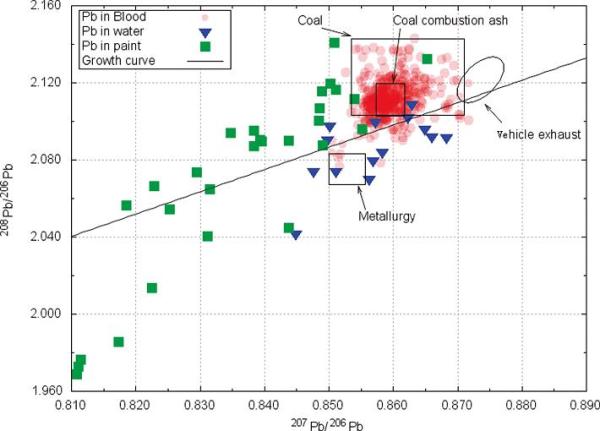






Lead in Children’s Blood Is Mainly Caused by Coal-Fired Ash after Phasing out of Leaded Gasoline in Shanghai
Lead is a highly toxic element to the human body and that even at low concentrations it will have severe physiological or neurological effects, particularly for children. Lead is absorbed into the body following ingestion and inhalation exposure. Human exposure to Pb occurs through various middle routes, but there are four main pathways of lead from the environment to humans, these are inhaled aerosol particles, dusts, food, and drinking water. One of the main pathways of lead assimilation by the human body is through breathing, and for children, the ingestion through hand-to-mouth activities is also important.
Recently, one research group of Key Laboratory of Nuclear Analysis Techniques, Shanghai Institute of Applied Physics, Chinese Academy of Sciences, finds that the blood lead level of children strongly correlates with the lead concentration in atmospheric particles, and the latter correlates with the coal consumption instead of leaded gasoline after phasing out of leaded gasoline. Combined with the 207Pb/206Pb ratio measurements, the coal consumption fly ash is a dominate source of Pb exposure to children in Shanghai, rather than vehicle exhaust, metallurgic dust, paint dust, and drinking water. Those particles are absorbed to children’s blood via breathing and digesting their deposition on ground by hand-to-mouth activities. Probably the same situation occurs in other large cities of developing countries where the structure of energy supply is mainly based on coal-combustion. [Environ. Sci. Technol. 2010, 44, 4760–4765]
This work was supported by the Major project of National Nature Science Foundation of China (NNSFC), NNFSFC and the Major project of Knowledge Innovation Program of Chinese Academy of Sciences.
